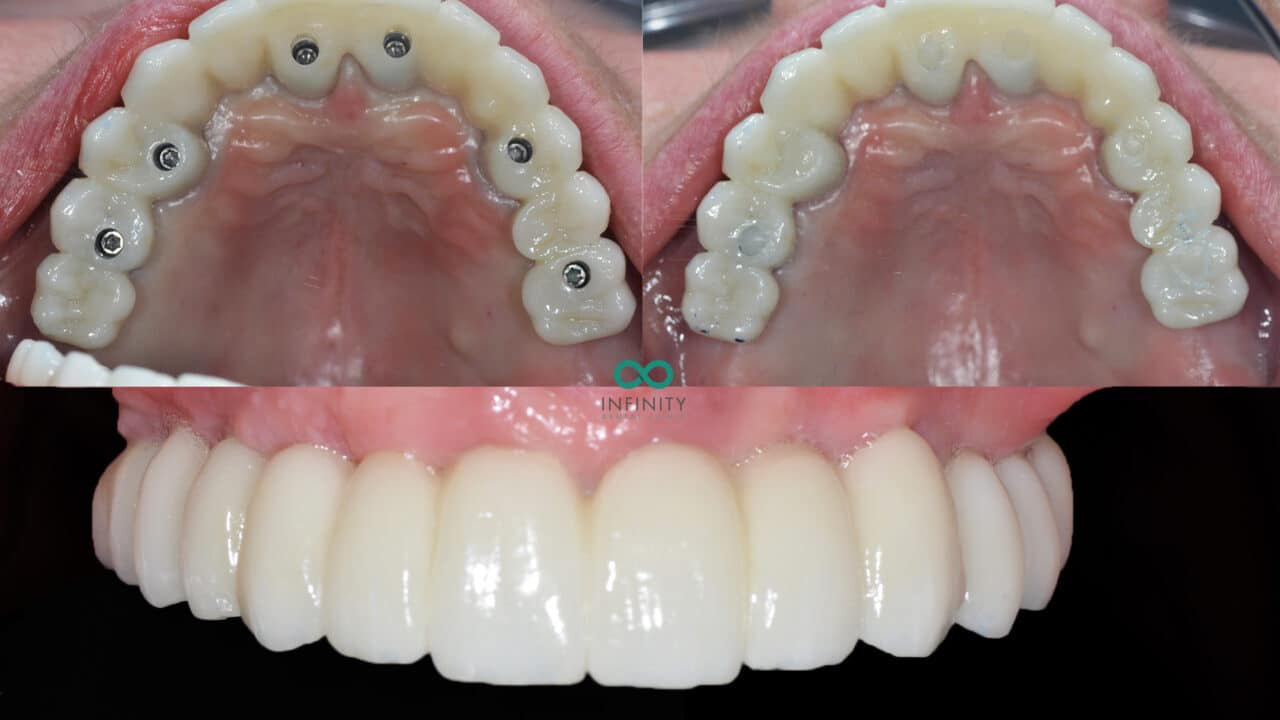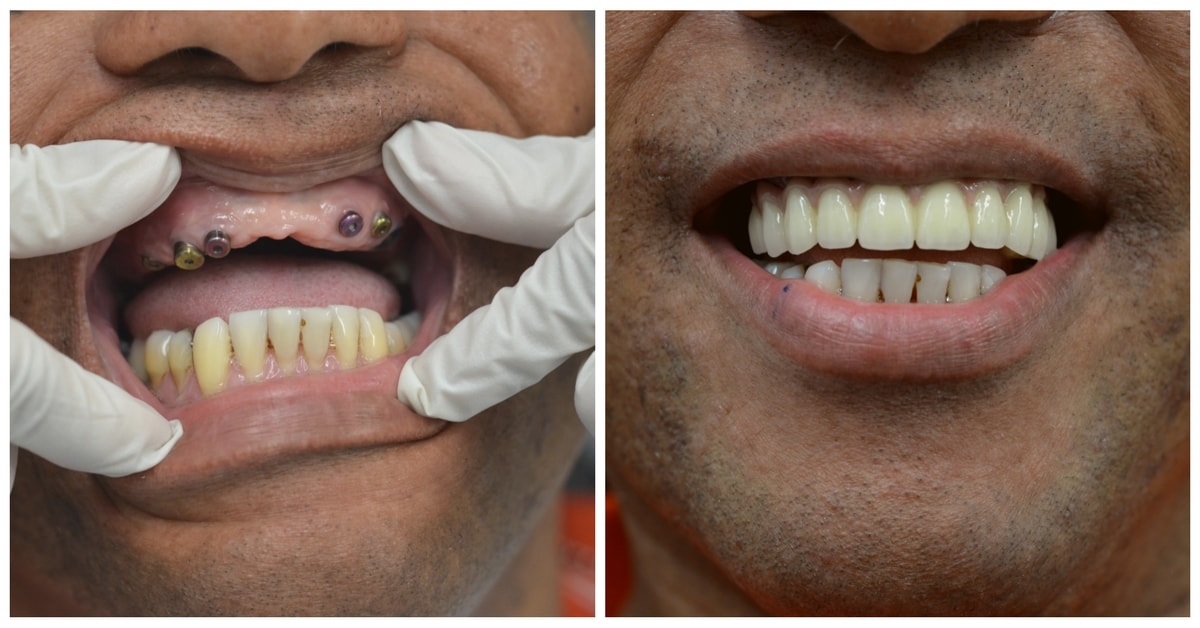Not known Details About Dental Sense
Not known Details About Dental Sense
Blog Article
A Biased View of Dental Sense
Table of ContentsRumored Buzz on Dental SenseThe 5-Second Trick For Dental SenseEverything about Dental SenseAn Unbiased View of Dental Sense
are clinical devices surgically dental implanted into the jaw to recover an individual's ability to chew or their look. They offer support for fabricated (fake) teeth, such as crowns, bridges, or dentures. When a tooth is shed due to injury or condition, a person can experience complications such as quick bone loss, faulty speech, or modifications to eating patterns that cause discomfort.Dental implant systems contain a dental implant body and dental implant joint and may additionally consist of an abutment addiction screw. Wisdom tooth cavity. The oral implant body is surgically put in the jawbone instead of the tooth's origin. The oral implant joint is generally connected to the dental implant body by the joint fixation screw and prolongs via gums right into the mouth to sustain the connected synthetic teeth
(https://www.behance.net/matthewmusic)Framework of The Oral Implant System picking dental implants, speak with your oral company concerning the possible benefits and risks, and whether you are a candidate for the procedure. Points to consider: Your total health is an important consider establishing whether you are a great prospect for oral implants, for how long it will require to heal, and just how long the dental implant might remain in location.
Smoking might influence the recovery process and decrease the lasting success of the dental implant. The recovery process for the implant body might take several months or longer, during which time you generally have a short-lived joint in place of the tooth. the dental implant procedure: Thoroughly comply with the oral health directions provided to you by your oral company.
How Dental Sense can Save You Time, Stress, and Money.
Implant failing can lead to the need for another surgery to take care of or change the dental implant system. Brings back the capability to chew Brings back aesthetic look Helps maintain the jawbone from reducing as a result of bone loss Maintains the health of the surrounding bone and periodontals Assists maintain surrounding (nearby) teeth steady Improves lifestyle Damage to surrounding natural teeth during dental implant placement Injury to the surrounding tissues during surgery, such as sinus opening Injury throughout surgery (as an example, crack of surrounding jawbone) Insufficient feature, such as seeming like the teeth do not bite together normally A sensation that the tooth is loose or twisting in area resulting from a joint screw loosening up Implant body failure (looseness of the implant body) because of systemic infection, which may be more likely in people with unchecked diabetes due to regional infection in bone and gums sustaining the implant body as a result of postponed recovery, which may be most likely in patients that smoke Difficulty cleaning up the gum tissues around the dental implant, leading to inadequate oral hygiene Neglected periodontal illness Post-surgical tingling due to nerve impingement or damages Always alert healthcare service providers and imaging professionals that you have oral implants prior to any type of magnetic resonance imaging (MRI) or x-ray treatments.
FDA is not conscious of any damaging events reported for MRI or x-ray procedures with oral implants. Dental implants systems are generally made from materials that follow worldwide agreement requirements of the International Organization for Standardization (ISO) or ASTM International. These standards have information of Wisdom tooth cavity what makes a risk-free material.

An oral implant is a structure that replaces a missing out on tooth. With screw-like tools, the surgeon inserts an implant into the jawbone, and it acts as a support for a man-made tooth, called a crown.
Getting My Dental Sense To Work
Some individuals are not eligible for oral implant surgical treatment. It is for dental specialists to run on individuals with: severe illnessuncontrollable metabolic diseasebone or soft tissue illness or infectionIf these concerns are fixed, an individual can have the surgery. In, oral specialists avoid running on people with: If individuals with any of the above undertake dental implant surgical procedure, there is a greater danger of the implant falling short.

Dental implant surgical treatment is a customized procedure. Give you time to heal. Affix the message and final crown, bridge or denture.
Next, your surgeon will carefully position the dental implant into your jaw. Finally, your specialist will certainly rearrange your gum tissues and close the laceration with stitches. If your dental implant is near the front of your mouth, your dentist will make a short-lived tooth for you to put on until you recover. By doing this, you will not have a void in your smile while you recoup.
The Ultimate Guide To Dental Sense
Your supplier can tell you what to expect in your situation. Throughout the healing phase, your jawbone must fuse to the oral implant. This process, called osseointegration, is essential for security and long-term success. This procedure can take anywhere from 3 to 9 months. Sometimes, it may take much longer.
When your implant heals, your dental expert can connect the abutment (small port article) and your final repair (crown, bridge or denture). This typically takes regarding one hour to finish and may need a 2nd small surgical treatment. You shouldn't really feel any discomfort throughout your dental implant treatment due to the fact that your provider will use drug to numb your gum tissues.
Report this page